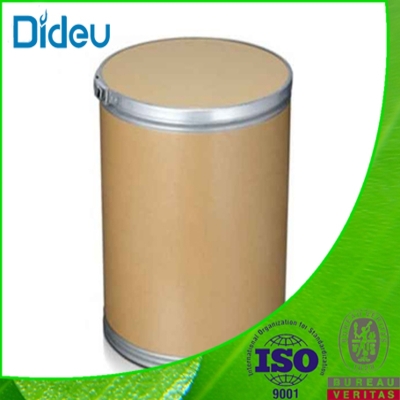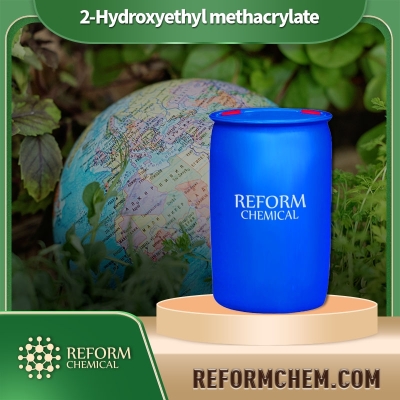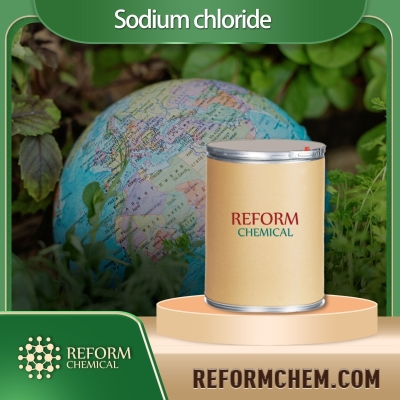-
Categories
-
Pharmaceutical Intermediates
-
Active Pharmaceutical Ingredients
-
Food Additives
- Industrial Coatings
- Agrochemicals
- Dyes and Pigments
- Surfactant
- Flavors and Fragrances
- Chemical Reagents
- Catalyst and Auxiliary
- Natural Products
- Inorganic Chemistry
-
Organic Chemistry
-
Biochemical Engineering
- Analytical Chemistry
-
Cosmetic Ingredient
- Water Treatment Chemical
-
Pharmaceutical Intermediates
Promotion
ECHEMI Mall
Wholesale
Weekly Price
Exhibition
News
-
Trade Service
Calcitonin, a hormone produced by the thyroid gland, plays an important role in the regulation of calcium levels in the blood.
It works by decreasing the activity of the parathyroid gland, which in turn decreases the levels of calcium in the blood.
Calcitonin is used in the treatment of hypercalcemia, a condition in which the levels of calcium in the blood are too high.
In the chemical industry, the production of calcitonin is a complex process that involves a number of steps.
The first step in the production of calcitonin is the isolation of the hormone from livestock sources, such as cows or pigs.
The hormone is then purified and extracted using a variety of chemicals and techniques.
One of the most commonly used methods for the production of calcitonin is known as the "chicken embryo" method.
In this process, the hormone is extracted from chicken embryos using a series of chemical and physical treatments.
The embryos are then harvested and the hormone is extracted from the cells.
This method is widely used due to the high yield of calcitonin that can be obtained from the embryos.
Once the calcitonin has been extracted, it is then purified and processed to remove any impurities or contaminants.
This is typically done using a variety of chromatography techniques, such as ion exchange chromatography or gel filtration chromatography.
These techniques allow the calcitonin to be separated from other proteins and molecules that may be present in the mixture.
After the calcitonin has been purified, it is then formulated into a final product.
This may involve the addition of excipients, such as stabilizers or preservatives, to improve the stability and shelf life of the product.
The final product is then packaged and distributed to healthcare providers for use in the treatment of hypercalcemia.
One of the key challenges in the production of calcitonin is the stability of the hormone.
Calcitonin is a sensitive molecule that is easily denatured by heat, light, and other environmental factors.
As such, it is important to ensure that the production process is designed to minimize the risk of denaturation and degradation of the hormone.
Another important consideration in the production of calcitonin is the purity of the final product.
It is essential that the calcitonin produced is free from any contaminants or impurities that may be harmful to patients.
To ensure this, the production process is designed to be highly controlled and monitored at every step.
In conclusion, the production of calcitonin is a complex process that involves a number of steps, including the isolation, purification, and formulation of the hormone.
The use of the "chicken embryo" method is widely used due to its high yield of calcitonin.
However, the production process is designed to ensure the stability and purity of the final product, which is essential for the safe and effective treatment of hypercalcemia.







